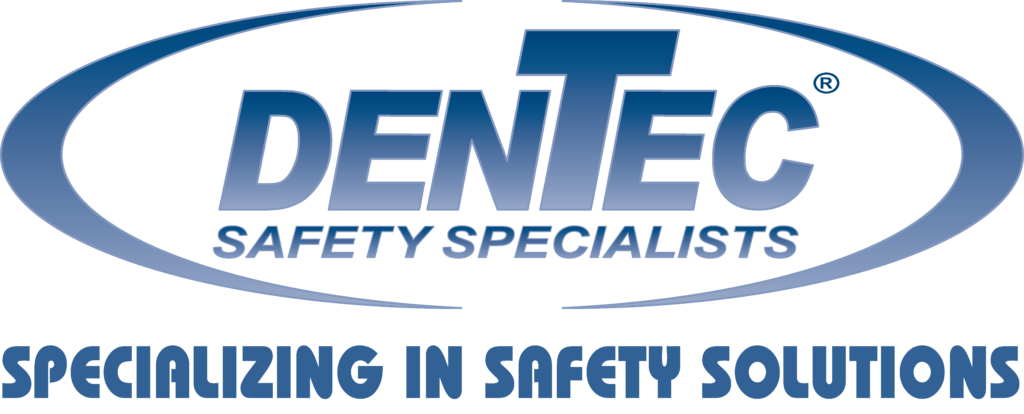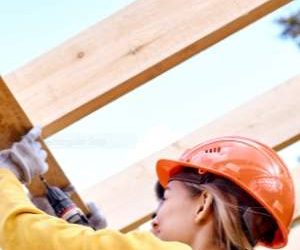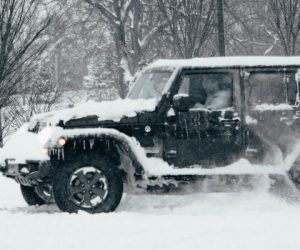Understanding Fall Protection Rescue Plans and Why You Need One
In industries where heights present everyday challenges, the significance of a fall protection rescue plan cannot be overstated. When a worker is at risk of a fall from heights, the difference between a close call and a catastrophe can hinge on the effectiveness of the rescue plan in place. It is important to emphasize the critical role of fall protection plans play in response to fall incidents and in shaping the overall culture of workplace safety.
What is a Fall Protection Rescue Plan?
A fall protection rescue plan is an integral component of a comprehensive workplace safety strategy, designed to respond effectively to fall incidents. It is a systematic approach that outlines the procedures to be followed in the event of a fall, ensuring the safety and rapid rescue of the workers involved. It doesn’t have to be overly complicated, but it is critical to have one in place.
Your fall protection rescue plan should include:
- Identification of Potential Fall Hazards: This involves assessing your workplace to identify areas where falls could occur, including elevated work surfaces, unstable platforms, and any areas lacking guardrails.
- Implementation of Preventive Measures: Based on the hazards you identified, your rescue plan should outline preventive measures such as the use of personal fall arrest systems, guardrails, safety nets, and other engineering controls.
- Emergency Rescue Procedures: Crucially, your plan must detail the steps to be taken in the event of a fall. This includes the immediate response to rescue the worker, the equipment needed for rescue, and the personnel responsible for executing the emergency rescue plan.
A well-structured fall protection rescue plan goes beyond mere compliance; it demonstrates a commitment to the highest standards of worker safety.
Why You Need a Fall Protection Rescue Plan

Working at heights involves inherent risks. A fall, even from a relatively low height, can lead to severe injuries or fatalities. The primary goal of a fall protection rescue plan is not just to prevent falls, but to ensure that if a fall does occur, the response is immediate, efficient, and effective, thereby minimizing the risk of serious injury.
There are several reasons why you need such a plan:
- Minimize the Risk and Severity of Injuries: A quick and efficient rescue plan can significantly reduce the severity of injuries sustained in a fall. Prolonged suspension following a fall can lead to serious health complications, known as suspension trauma.
- Legal and Regulatory Compliance: In Canada, adherence to legal and regulatory standards for fall protection and rescue plans is not just a best practice but a legal obligation. Canadian law, particularly as outlined in the Canada Occupational Health and Safety Regulations and various provincial regulations, mandates the implementation of fall protection measures in workplaces where there is a risk of falling. These laws require employers to not only provide the necessary equipment and training to prevent falls but also to have a comprehensive rescue plan in place to effectively respond in the event of a fall.
Failure to comply with these regulations can have serious implications. Non-compliance can lead to legal penalties, including fines and, in severe cases, criminal charges. Moreover, neglecting these legal requirements can significantly tarnish a company’s reputation and its standing in the industry.
It is crucial for Canadian employers to understand their legal responsibilities and ensure that their fall protection rescue plans meet or exceed standards set by Canadian law, thereby safeguarding their employees and their business. - Moral and Ethical Responsibility: Employers have a moral obligation to ensure the safety and well-being of their workers. A fall protection rescue plan is a clear indication of an employer’s commitment to this responsibility.
How to Create an Effective Fall Protection Rescue Plan
When developing your fall protection rescue plan, there are several key areas that require your consideration:
- Risk Assessment: Conduct a thorough risk assessment to identify all potential fall hazards in your workplace.
- Training and Education: Provide comprehensive training for all your employees on the use of fall protection equipment and the procedures outlined in the rescue plan. Training should be regularly updated and refreshed.
- Fall Protection Equipment: Select appropriate fall protection and rescue equipment tailored to the specific needs of your workplace and ensure that it is well-maintained according to the manufacturer’s guidelines.
- Regular Drills and Practice: Conduct regular drills to ensure that all your employees are familiar with the rescue plan and can execute it efficiently in an emergency.
- Review and Update: Regularly review and update your rescue plan to reflect changes in your workplace environment, new technologies, and regulatory requirements.

At Dentec Safety, we champion the development and implementation of these rescue plans, providing expert guidance and high-quality CSA-approved fall protection equipment to ensure workplaces across various industries remain safe and compliant. When it comes to safety, planning and preparation are key.
Why You NEED a Fall Protection Assessment
Every construction or build site is distinct, and with it comes the requirement to reassess your fall protection protocols. Do you find yourself in need of updated equipment? Are you uncertain about your current gear passing inspection or meeting the necessary safety standards?








